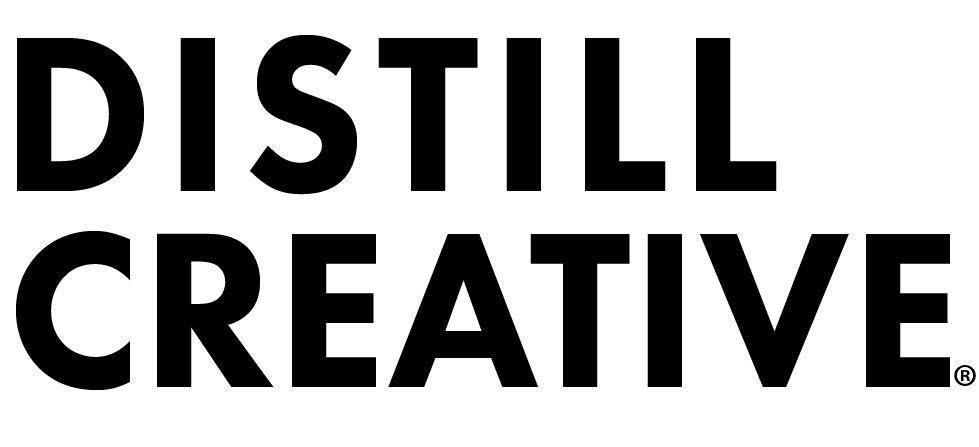Reimagining Historic Markers
Photo by Tom Gillard, November 1, 2010 via The Historical Marker Database
You’ve seen them before — rectangular metal signs that mark a place of historic significance. They often look the same in different cities and are maybe even made by the same manufacturers. You might find them on a highway or in a state park.
Historic markers became especially popular after World War II, through state-sponsored programs, this coincided with the increase in family road trips and Americana nostalgia. More recently, historians and communities are questioning what should and should not be remembered by a historic marker. There are many stories that have yet to be told due to the fact that many people have been left out of the historic records. Historic markers often tell stories of the dominant population in an area and leave out those of minorities and people of color.
Sign for Denver’s Oldest Restaurant in Denver, CO
Sign for St. George Hotel in Sacramento, CA
Markers are often mandated by the state and sometimes even be required for a development site. With every new structure, it’s important to question what history is being told and whose history it is. We should be critical about what we choose to remember and pass down to future generations via physical structures.
It’s also important to reimagine the historic marker itself — how might we tell stories through physical space in a way that the public will actually be interested in learning more?
Here are some creative projects that memorialize a historic site or stories from the past:
Photo by Portland Brick
Portland, ME
Portland Brick shares lesser known stories about the history of Portland on handmade bricks that are installed close to where the historic event took place. They also have an online map that shares more about each brick and they regularly host events to share stories from community members.
Follow them on Instagram here: https://www.instagram.com/portlandbrick/
New Orleans, LA
Paper Monuments is a pubic art and history project that shares stories of the people of New Orleans. Their collective designs Paper Monument Posters that share historic moments and then they install the posters in locations related to the content in recycled frames. They also have a program where locals can propose their own monuments and memorials.
Follow them on Instagram here: https://www.instagram.com/paper.monuments/
Photo by Erik Moe
Photo by Erik Moe
Washington, DC
Oral Histories / Oral Futures was a site-specific art installation by Erik Moe, Alex Braden, and Seshat Walker. The project included colorful phone booths that were placed in six locations during the annual Funk Parade. Each booth had site-specific audio form DC’s Black Broadway oral history archives and speculative flash fiction about the 23rd century. The project was then adapted into a book.
Follow them on Instagram here: https://www.instagram.com/erik_moe/
Gigantes Mural in Gilroy, California
Chicano Mural Restoration Project
Gilroy, CA
Murals are one of the more common ways to mark a spot with significance, though we often think of them as contemporary artworks and not historic markets. However, restoring historic murals is a great way to retain a historic marker that already has significance in a community. Recently, a handful of historic Chicano murals in Gilroy, California were restored by local and original artists led by the community group CARAS.
Support the latest restoration project here: https://www.instagram.com/azteccalendarrestoration/
Photo by Scottsdale Public Art
Scottsdale, AZ
Artist Tad Savinar designed six markers that share memories, stories, and wishes of citizens who have lived or worked along Scottsdale Road. The stories are depicted alongside small bronze cast objects.
Check out my Pinterest board where I’m sharing more creative signage inspiration.









